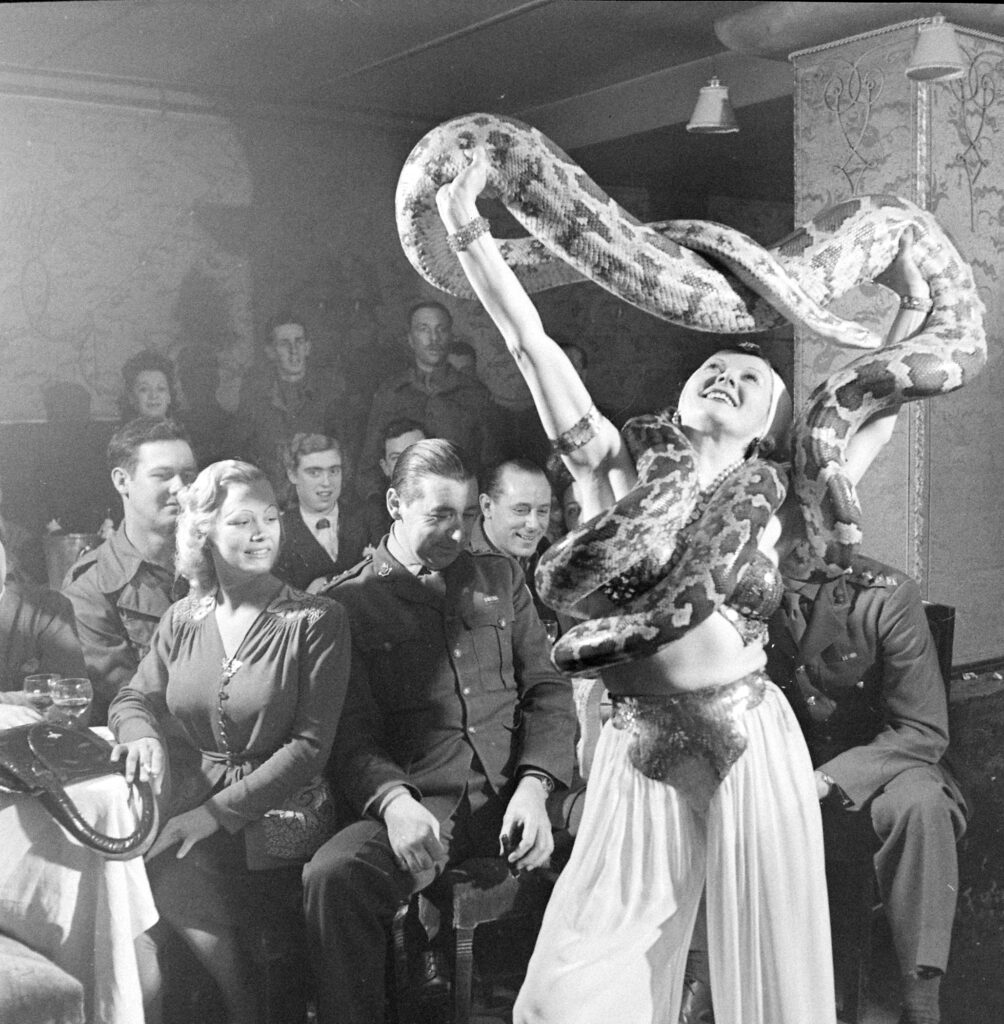Written By: Ben Cosgrove
William “Cockeyed” Cook, though little remembered today, was a sensation in his time. He killed six people, including an entire family of five, during a terrifying three-week spree across several American states in early January 1951.
Cook’s early life in his native Missouri was brutal. His mother died when he was 5 years old; his father abandoned him and his seven siblings in an old mine. He became a ward of the state before his 10th birthday; had a nasty temper (exacerbated by the teasing and bullying he endured due to a deformed eye); and eventually ended up in Missouri State Penitentiary.
When he was released from prison in 1950, the 21-year-old told his father, with whom he briefly reunited after more than a decade of estrangement, that his ambition was now to “live by the gun and roam.” He headed west from Missouri, drifting to California and then eastward again, down into Texas. There, in late December 1950, his crime and killing spree began. He kidnapped an auto mechanic who picked him up hitchhiking and forced the man into the trunk of the car. The man escaped shortly afterward. The family of an Illinois farmer named Carl Mosser, en route to New Mexico, wouldn’t be so lucky.
In Oklahoma, the Mosser— Carl, 33; Thelma, 29; Ronald, 7; Gary, 5; and Pamela Sue, 3—picked up Cook, who was once again hitchhiking. Cook pulled out the .32 caliber snub-nosed pistol he had bought in El Paso, and told Carl to drive. Over the next three days, Cook and the Mossers wove their way back toward Cook’s hometown of Joplin, Mo. On the third day, Cook shot them all—including the family dog—and dumped the bodies down a well not far from Joplin.
Again he headed west. Outside Blythe, Calif., where he had once worked, he took a deputy sheriff hostage. The sheriff’s life was spared, Cook later reportedly said, because the deputy’s wife, who had once briefly worked with Cook, “treated him like a human being and had been nicer than anyone had ever been to him in his life.”
Cook killed once more during his spree, shooting to death a salesman from Seattle named Robert Dewey and dumping his body in a ditch. Cook then kidnapped two hunters and forced them to drive him across the border into Mexico. There, in a town called Santa Rosalie, the local police chief, Luis Parra, improbably recognized Cook, plucked the .32 from his belt, and arrested him. A short time later, he was handed over to the FBI.
Cook was sentenced to 300 years in prison after being tried and convicted of the Mosser killings in Oklahoma, but was then tried, convicted and sentenced to death in California for the murder of Robert Dewey. On Dec. 12, 1952, at San Quentin, Cook was executed in the famous prison’s gas chamber. He was 23 years old.
Less than a year after he was put to death, a movie based on Cook’s spree and helmed by the actress-turned-powerhouse director Ida Lupino, The Hitch-Hiker, was released by Lupino’s independent production company, The Filmmakers. The movie is notable not only because it’s a better-than-average noir film, but because it’s one of the first films ever made in Hollywood that was quite clearly based on a killer whose crimes were still fresh in the minds of filmgoers.

Circulars on Cook were posted through the Southwest and Mexico. Robert Dewey’s murder spread panic. Citizens avoided lonely roads, and ‘recognized’ Cook from Albuquerque to Los Angeles, where for two days police averaged a phone tip every four minutes.
Allan Grant/Life Pictures/Shutterstock

A crowd in Tijuana, Mexico, watched as spree killer William Cook was sent back to the United States after capture, January 1951.
Allan Grant/Life Pictures/Shutterstock

In Tijuana, Mexico, spree killer William Cook was sent back to the United States after capture, January 1951.
Allan Grant/Life Pictures/Shutterstock

A pleased throng watched Cook’s ‘extradition’ at Tijuana. Since the U.S. had no extradition treaty with Mexico, he simply was pushed over the border as an undesirable alien—and into U.S. hands.
Allan Grant/Life Pictures/Shutterstock

Tijuana police chief, F. Kraus Morales, January 1951.
Allan Grant/Life Pictures/Shutterstock

Spree killer William Cook, before he was sent back to the United States from Mexico after his capture, January 1951.
Allan Grant/Life Pictures/Shutterstock

At bay in Mexico, Cook blinked his good eye against photographers’ flashes.
Allan Grant/Life Pictures/Shutterstock

Spree killer William Cook was sent back to the United States from Mexico after his capture, January 1951.
Allan Grant/Life Pictures/Shutterstock

Spree killer William Cook was sent back to the United States after his capture, January 1951.
Allan Grant/Life Pictures/Shutterstock

Spree killer William Cook, January 1951.
Allan Grant/Life Pictures/Shutterstock

Cook held campers Forrest Damron (right) and James Burke as prisoners for eight days.
Allan Grant/Life Pictures/Shutterstock

Cook’s arsenal was captured with him when Morales, after inspecting towns from the air, landed at Santa Rosalia, saw him in his car, and arrested him.
Allan Grant/Life Pictures/Shutterstock

Spree killer William Cook’s small arsenal of weapons, January 1951.
Allan Grant/Life Pictures/Shutterstock

Spree killer William “Cockeyed” Cook, 1951.
Allan Grant/Life Pictures/Shutterstock






















